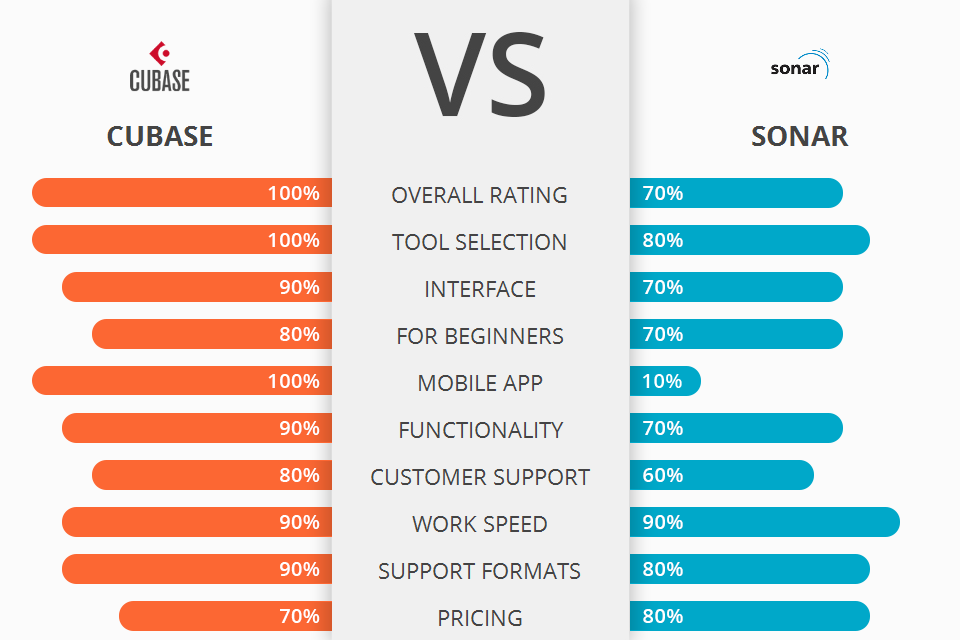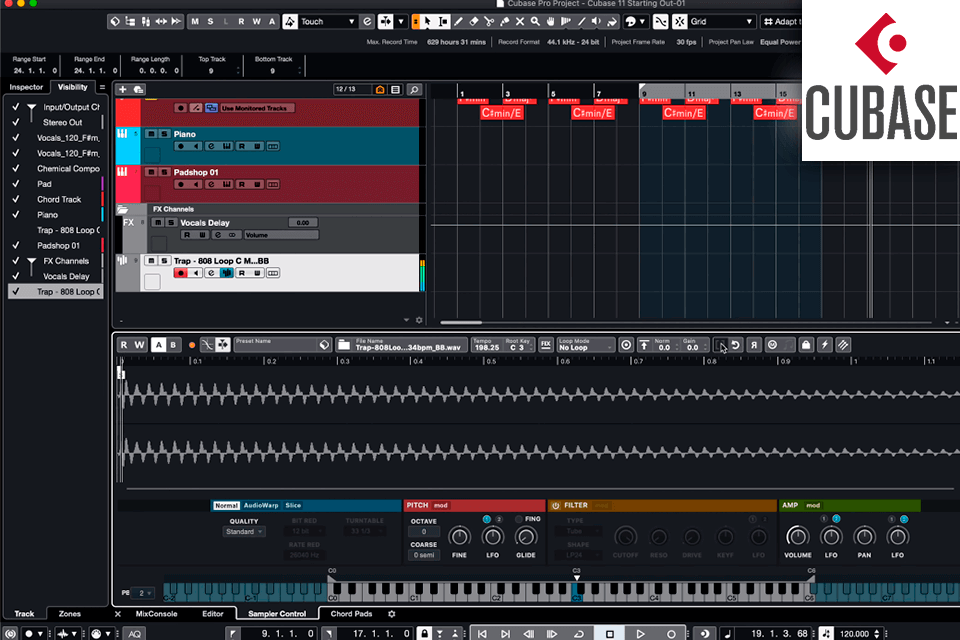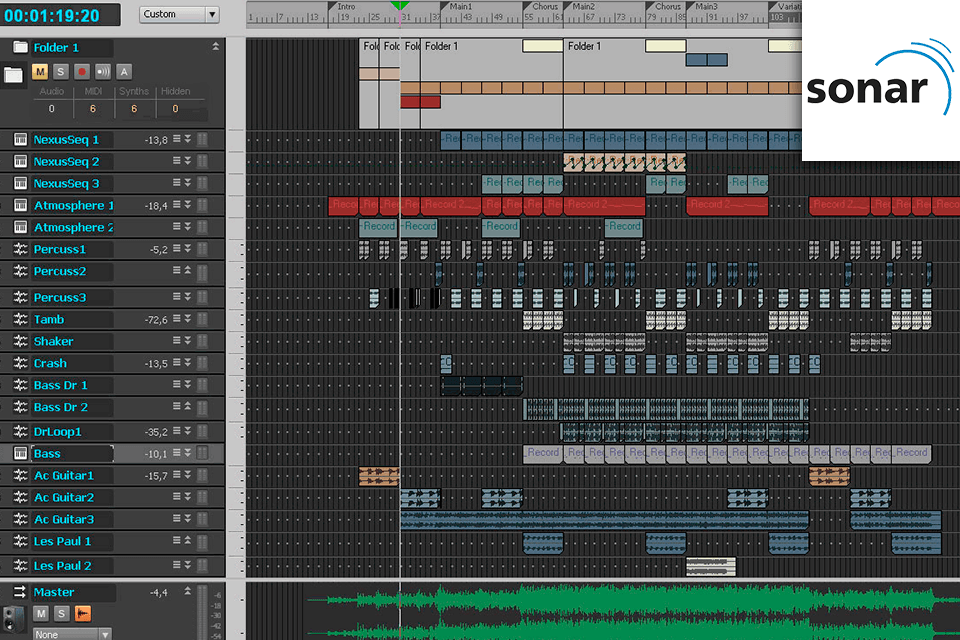
What to choose among Cubase vs Sonar for music creation and editing? Read the article till the end to get an answer.
Cubase is an electronic music production software developed by Steinberg as a result of their desire to make music with a computer in the home rather than through expensive synthesizers.
Sonar is a program, developed by the Cakewalk company, that lets you create and manage your own digital synthesizers and sound modules.
Cubase gives you everything you need without breaking the bank. You get a lot of high end performance capabilities like VSTs, MIDI devices, and other hardware plugins. And all the advantages come with incredible ease of use and affordable price.
Cubase Features:

Cubase is an all-in-one music creation software with sequencing, recording and playback features. It can be used for desktop recording, for performing or recording live, for creating and manipulating electronic instruments, for composing and arranging music scores, for sequencing music tracks, and for tracking audio material.
In addition to its wide range of features Cubase offers some technologies that are new to the market. One such technology is the VST, or Virtual Audio Server, which allows to run other applications within the Cubase setup. This makes VSTs much more compatible with Cubase than traditional software that works with the host computer via VST cards.
Another important feature of Cubase that sets it apart from other sequencers is that it comes with a complete virtual instruments and composing tools, called Cubase Learn. It integrates DAW that can connect to external keyboards, MIDI controllers and standard MIDI devices, including USBs, keyboards and audio interface cards.

There are some benefits of using Cakewalk Sonar, which are worth considering. For example, one of its most prominent effects (which lets you tweak a parameter to boost or decrease the "range" of a sound) is called Room Decay. This is useful for sculpting and emphasizing certain parts of a sound and creates an overall sense of depth, which can also be useful when vocals are involved.
In addition to a large library of sounds, Sonar offers a number of interactive features. Users can import existing files and organize them into collections of tones, bins, or tracks. By using the drag and drop function, users can arrange and rearrange their recordings within the Library tab.
The Browser mode allows users to view and playback recordings with only a few simple clicks. Lastly, in order to make playback more convenient, Sonar includes a virtual keyboard that lets users input notes directly onto the instrument.


| STARTING PRICE | $99.99/license | $49.00/license |
| FREE TRIAL |
| WINDOWS | ||
| MAC | ||
| LINUX | ||
| iOS | ||
| ANDROID |
| LIVE SUPPORT | ||
| PHONE | ||
| CHAT SUPPORT |